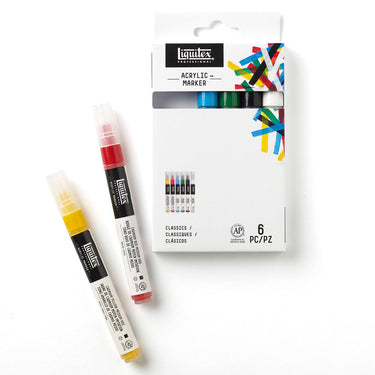From Machu Picchu, to the medicine cabinet, to the artist’s palette. Let’s take a look at the meandering backstory of Light Bismuth Yellow. Our semi-opaque, series 1 color is made from a mix of two pigments - bismuth vanadate yellow and titanium white, aka PY184 and PW6 – and is a softer version of the iconic bismuth yellow pigment. First let’s look at the source of the color.
WHAT IS BISMUTH?
Bismuth is a brittle, silvery, pink-tinged metal, usually found as a native metal in the earth. It can also be seen in some ores - the main commercial source of bismuth is as a by-product of refining lead, copper, tin, silver and gold ores. In the earth, bismuth is about twice as common as gold and is most often found in Australia, Bolivia and China.
ORIGINS
Bismuth metal has been known since ancient times. It was one of the first 10 metals discovered. The origin of the name isn’t 100% clear but may come from mid-sixteenth century Neo-Latin translations of the German words weiße masse or wismuth, meaning 'white mass'. Bismuth was used in cosmetics in ancient Egypt. In South America, it was used by the Incas to make bronze knives in around 1500 AD. Around that time bismuth was alloyed with lead to make letter type for early printers. Bismuth has often been confused with other metals - like tin and lead - due to their similar characteristics. In 1753, the French chemist Claude-François Geoffroy proved it to be distinct from lead and became the official ‘discoverer’ of the element. Bismuth expands as it solidifies and has an unusually low toxicity for a heavy metal, making it a popular replacement for lead.
Bismuth vanadate, a yellow powder, was first synthesized as part of a pharmaceutical patented in 1924. It wasn’t until the 1970s that it began to be commonly used as an artist’s pigment, bismuth yellow, PY184, and today it’s manufactured across the world for use as a colorant.
USES
Open the bathroom cabinet and you’ll still find bismuth. Commonly used in digestive medications, it’s the bismol in popular heartburn soother Pepto-bismol. It adds color to eyeshadows, hair sprays and nail polishes. On the artist palette, bismuth white (also called Spanish white) is from the same source and historically used as a white pigment. Developed in the early 19th century, it was replaced by zinc white by the 1830s as it was prone to darkening when combined with pigments containing sulfur.
Bismuth vanadate is commonly known as bismuth yellow, a reliable artist’s pigment. Available in a spectrum range from a pure greenish yellow to orange-toned yellow, bismuth yellow is similar to the cadmium yellows in UV stability, opacity, tinting strength and when mixed. The most commonly used variety by artists' paint makers, has a zesty lemon aspect. Very stable and weather-resistant, it’s known to be sensitive to strong alkalis. It is non-toxic and very popular with watercolorists. Liquitex Light Bismuth Yellow is great for mixing and highlights, semi-opaque and extremely lightfast.
Light Bismuth Yellow can be found in the Liquitex range as a Professional Heavy Body Acrylic.

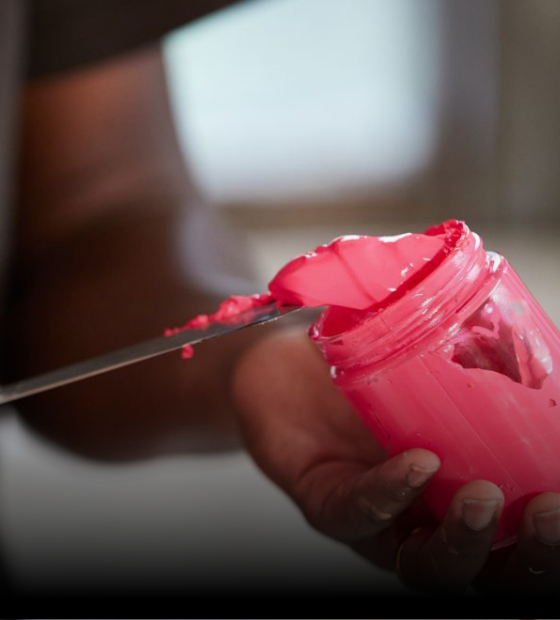
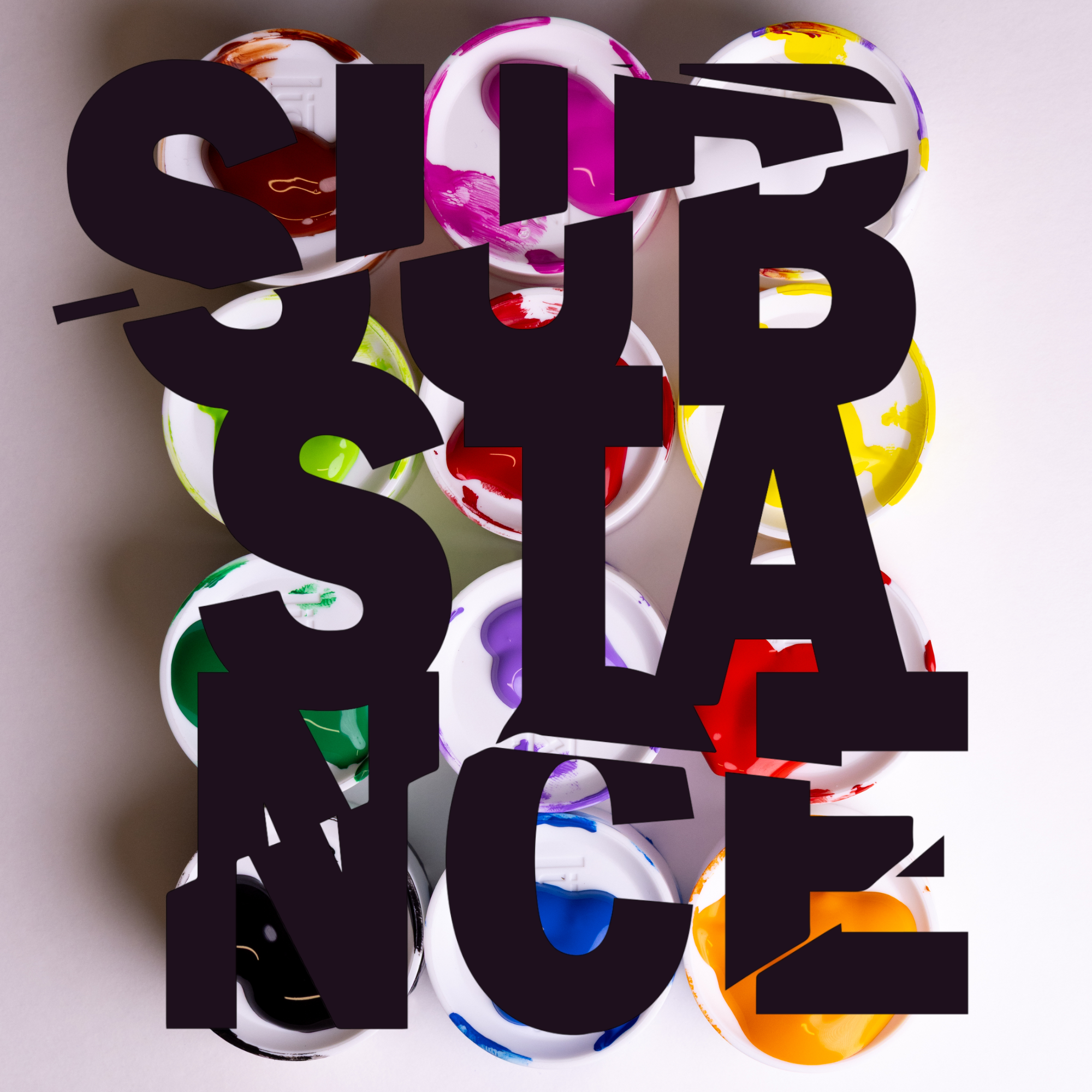
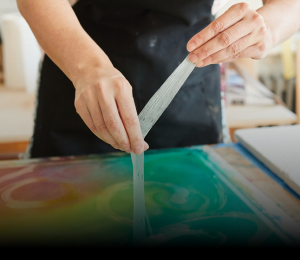
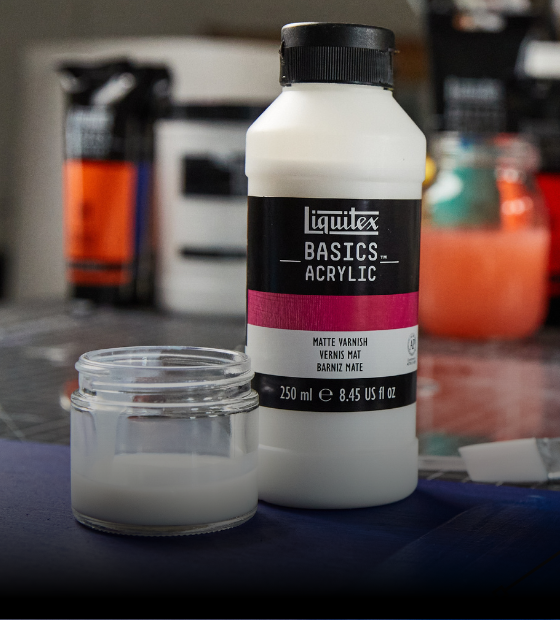
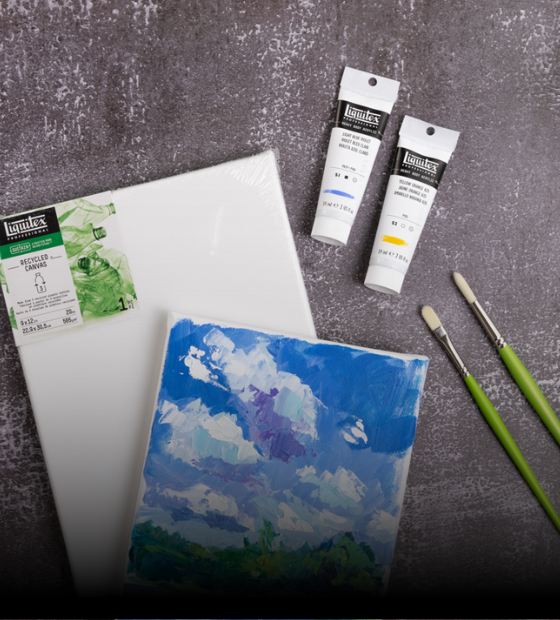
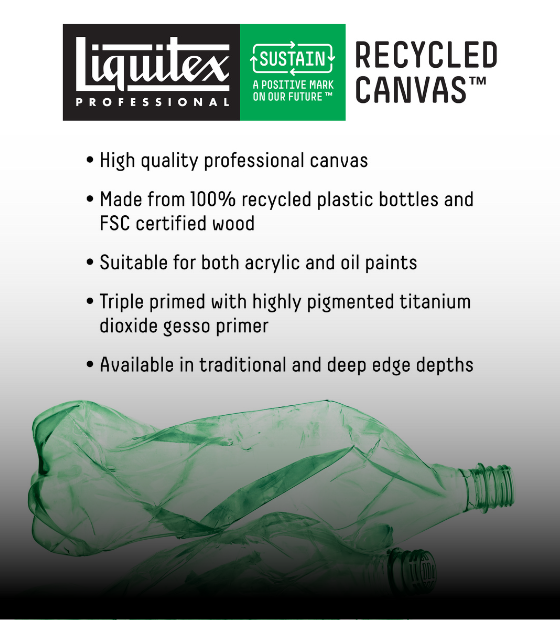
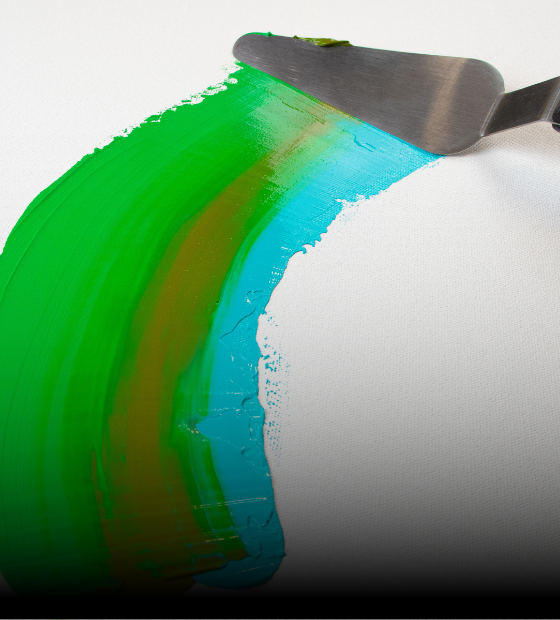
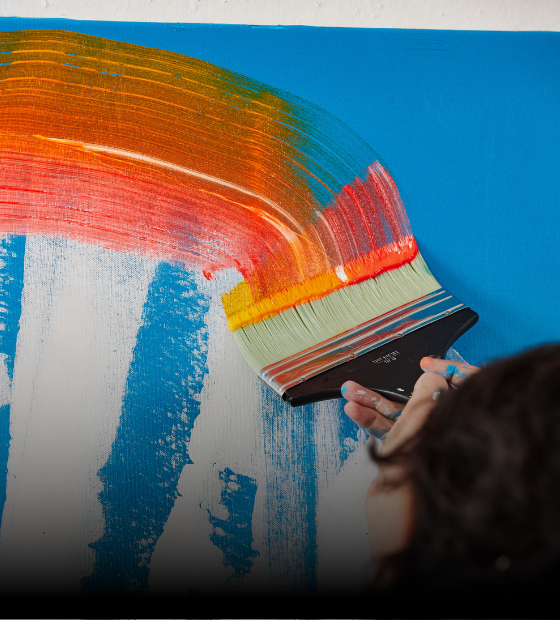
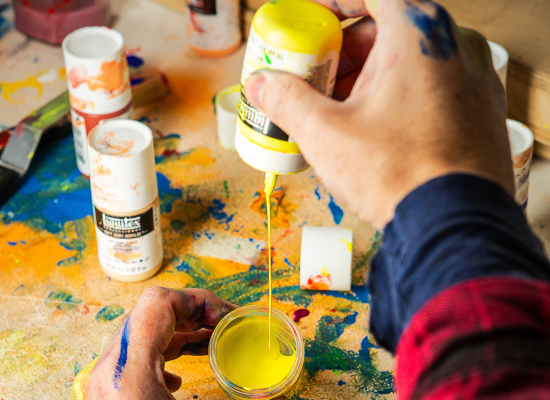
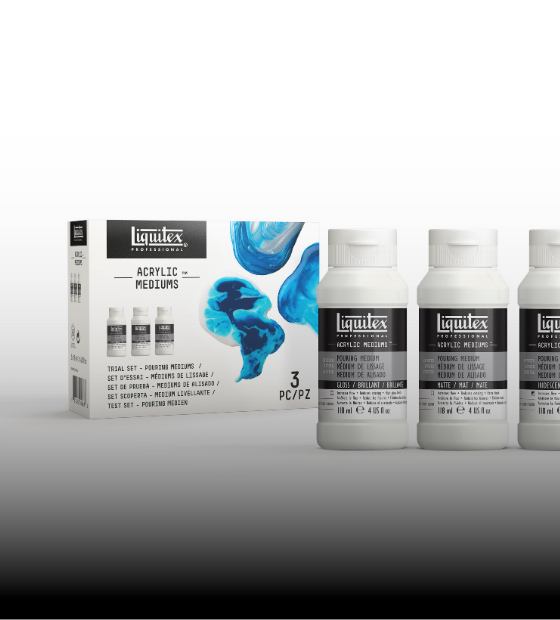
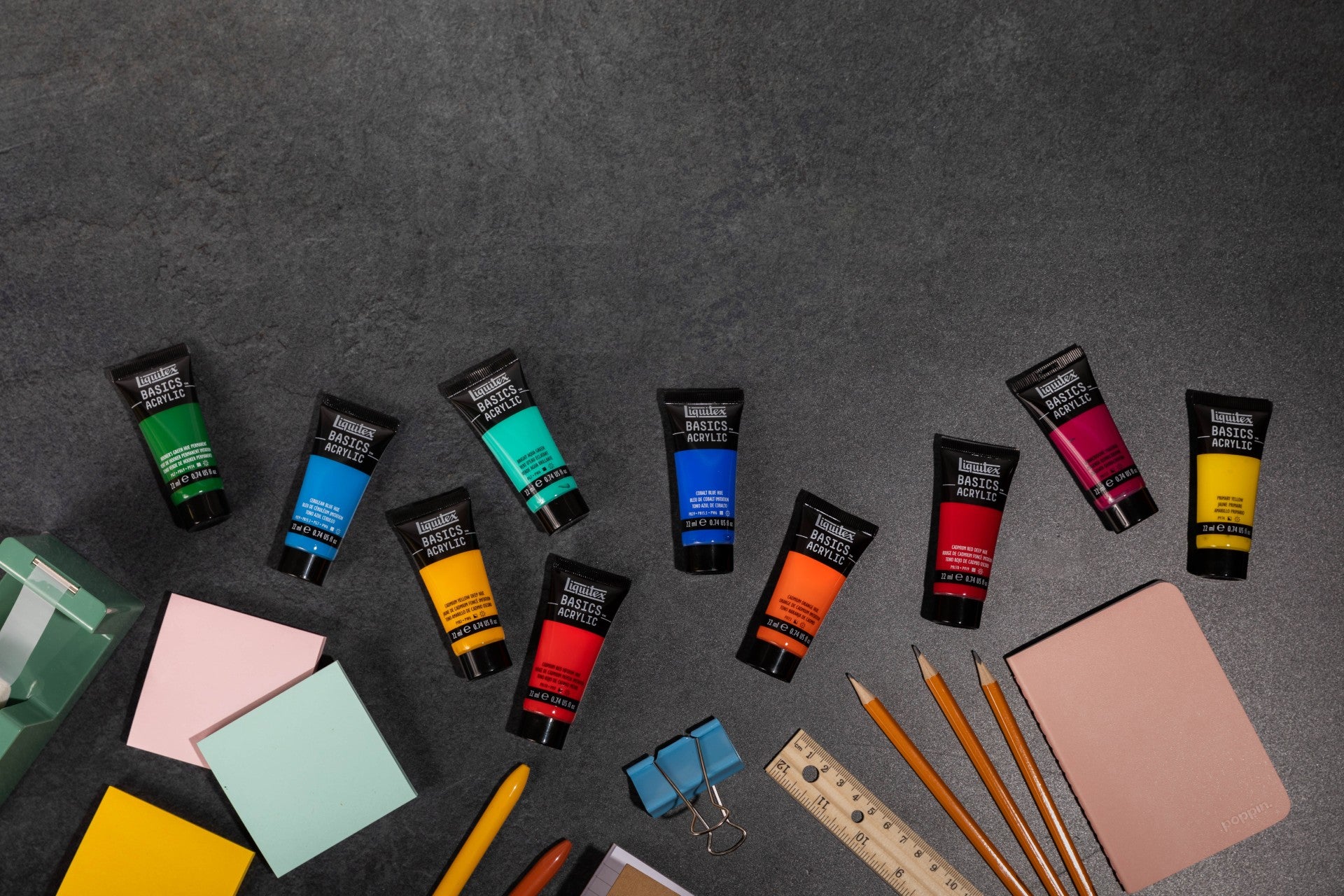
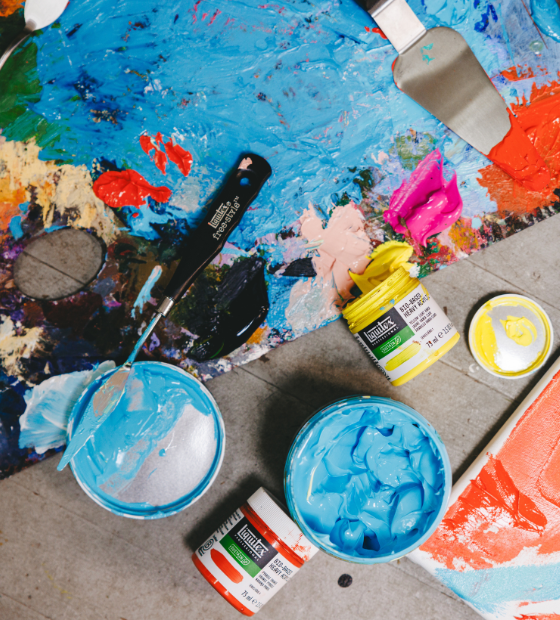


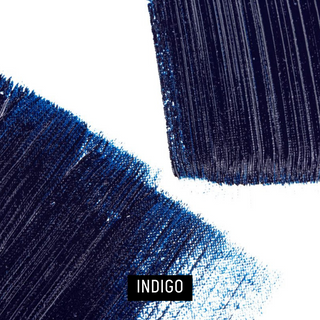
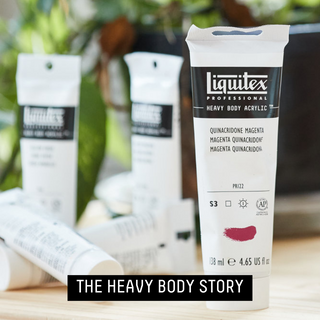
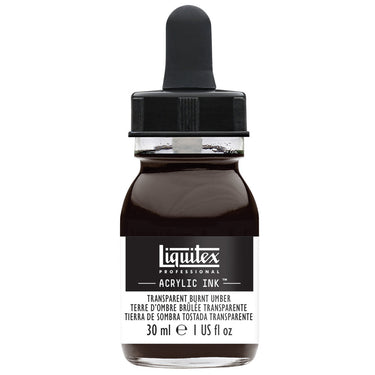
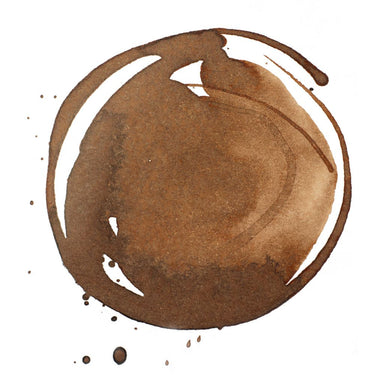
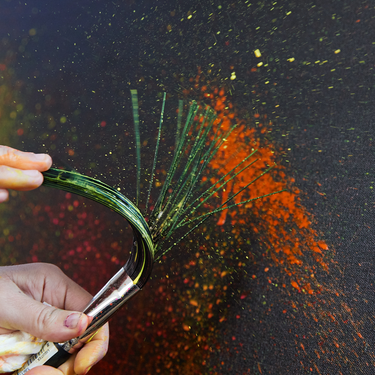
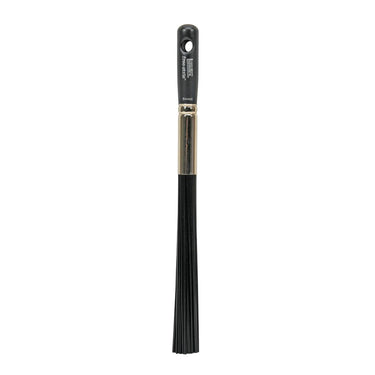


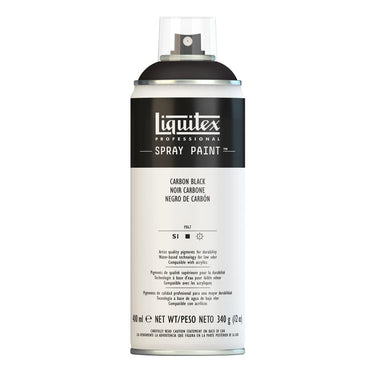



![LQX ACRYLIC MARKER SET 6X 2-4MM CLASSICS [CONTENTS] 887452001225](http://uk.liquitex.com/cdn/shop/files/68762_4855e6eb-82d5-4a11-a736-1f41ab15882e_375x375_crop_center.jpg?v=1709305272)
